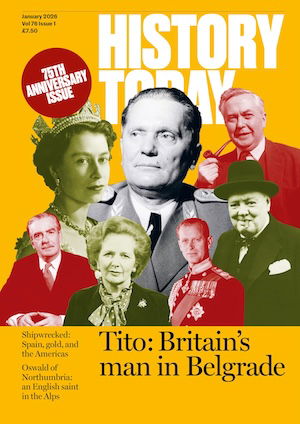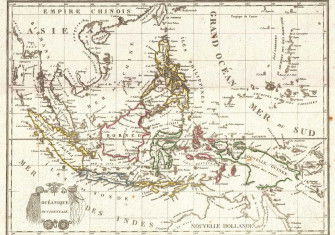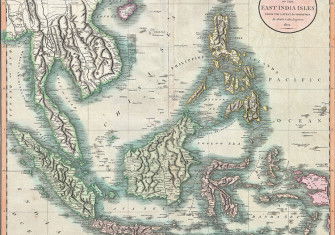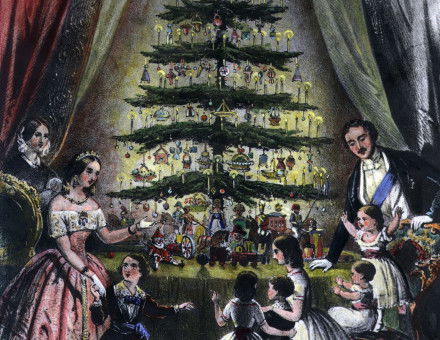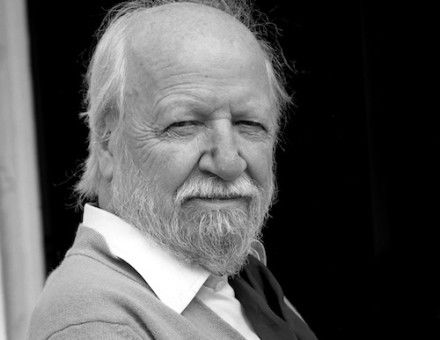How Chinese is Taiwan?
Mao Zedong once said that Taiwan should be independent, but the Chinese Communist Party has since changed its mind on the ‘renegade province’.
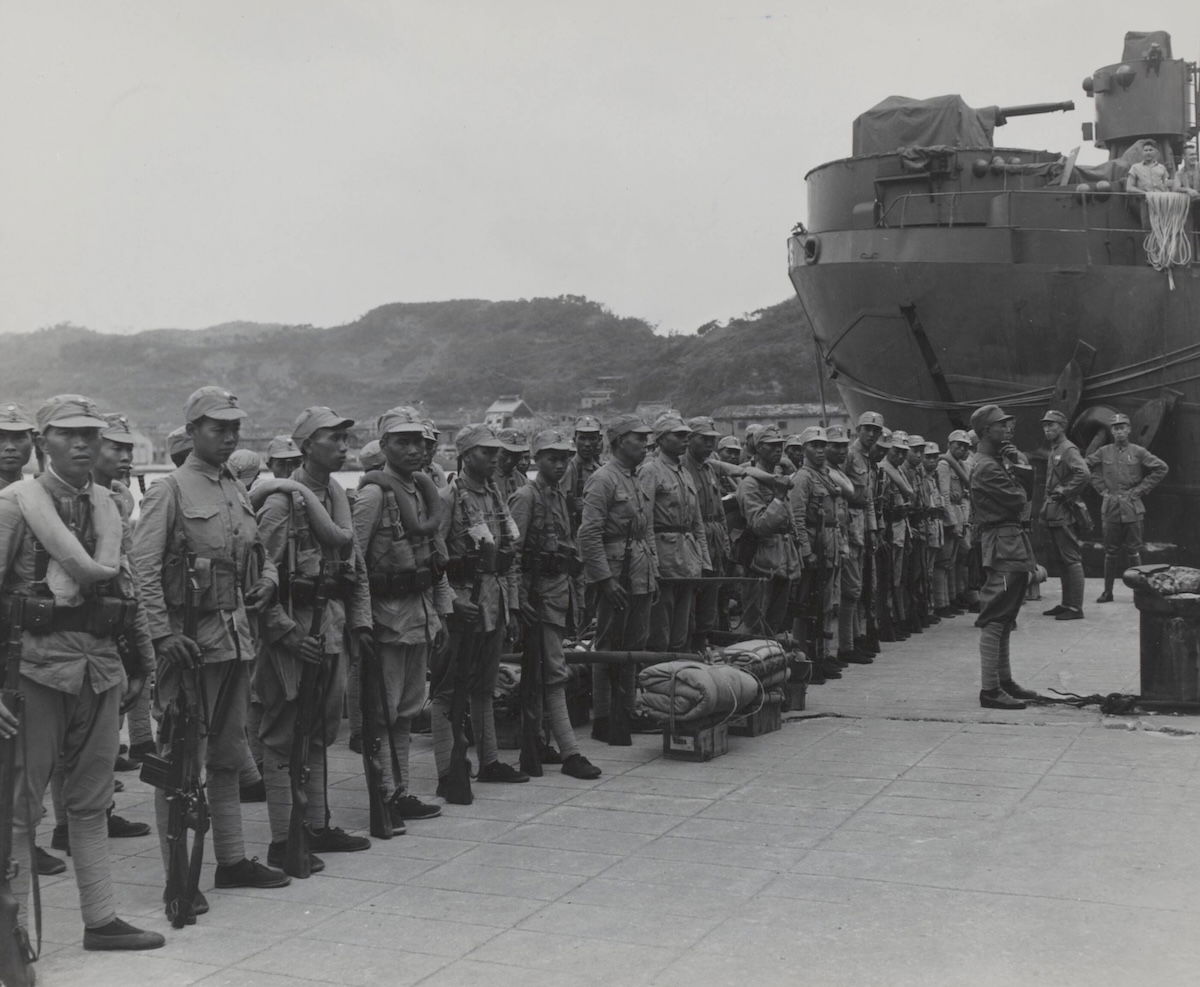
In the communique issued at the end of their meeting in Cornwall in June 2021, leaders of the G7 group of nations affirmed the ‘importance of peace and stability across the Taiwan Strait’ and their strong opposition to ‘any unilateral attempts to change the status quo and increase tensions’. China’s reaction was quick and predictable. It denounced the G7 statement as interference in its affairs and an attempt to ‘reverse the wheels of history’. For the Chinese Communist Party, the status of Taiwan is a sensitive topic. Together with Tibet, and the massacre in Tiananmen Square in 1989, foreign visitors to China are routinely advised to avoid any discussion of it. To China’s leaders, Taiwan is an indivisible part of the ‘big Motherland’, a ‘renegade province’ that will eventually, by persuasion, coercion or force if necessary, be ‘reunited’ with mainland China. Alternative views are firmly suppressed.

